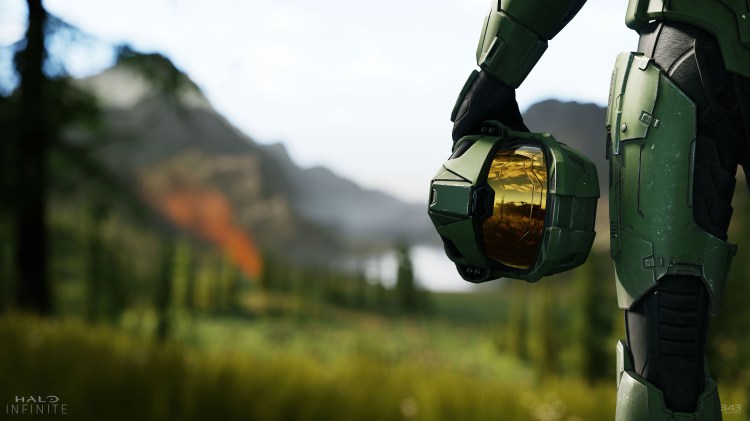Matt Booty, the head of Xbox Game Studios, may have overdone it when he started going shopping for game studios. The company showed up with 14 first party games at Microsoft’s Xbox event at the Electronic Entertainment Expo (E3). And Microsoft announced that it had acquired Double Fine Productions this week, not to mention the five studios it announced last year.
In contrast to past years when Microsoft didn’t have enough games to show, the company showed off lots of new titles from its own studios, as well as plans for a new game console, Project Scarlett, arriving in the holidays of 2020. And it showed off a working beta of Project xCloud, which makes triple-A games playable on any device, including smartphones.
At the direction of Xbox head Phil Spencer, Booty helped round up a bunch of reinforcements to make sure that Microsoft has enough content to keep gamers happy for a while. The company talked about Halo, Gears, Forza, and a total of 60 first-party and third-party titles during its 90-minute event. And for the first time at a modern E3 show, Microsoft’s chief rival, Sony, didn’t even show up to counter with talk about its upcoming PlayStation 5 console. I talked with Booty about this.
While the Scarlett console appeared to compete squarely with the PS5, Booty said that the new console and the xCloud project are intertwined in terms of the value they will offer consumers.
June 5th: The AI Audit in NYC
Join us next week in NYC to engage with top executive leaders, delving into strategies for auditing AI models to ensure fairness, optimal performance, and ethical compliance across diverse organizations. Secure your attendance for this exclusive invite-only event.
Here’s an edited transcript of our interview.
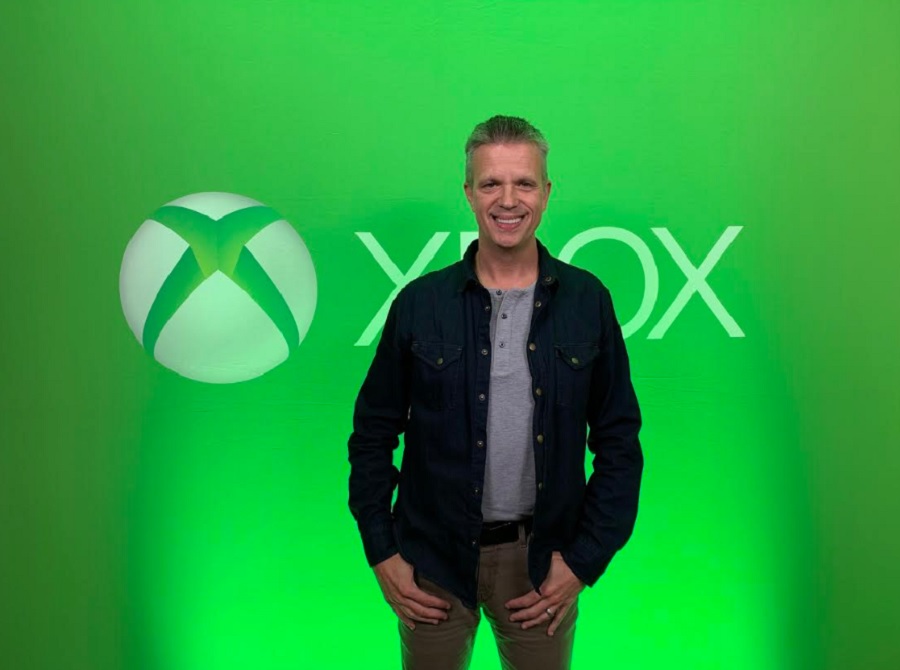
Above: Matt Booty of Microsoft Xbox
GamesBeat: You must be happy that Halo’s coming at the same time as the new consoles are coming.
Matt Booty: A lot of folks have asked about, “Oh, when are we going to see gameplay?” You’ve been around this stuff long enough to know that when you’re looking at a big franchise like Halo, you really do start to get into — not just when are the big beats like E3 and the new consoles, but you get into this franchise management strategy. We run into this with Minecraft. Where is the best place and time to announce Minecraft Earth? Do we put that on Apple’s stage? We’ll do that because it makes sense with what they’re doing with ARKit. But then we also have big Microsoft events. Bill does a big beat for us.
With Halo right now, the team is focused on Master Chief Collection, taking that to PC. So what are we going to show when? You know how this goes. There’s a lot of different beats at different times relative to when the team can deliver different things, and you have to manage all that. It’s a lot different than if we’re one studio working on one game and we just have to hit E3 and then a console launch.
We opened with Outer Worlds and ended with Halo. We had 14 first-party games, which is the most we’ve ever had at E3. For me it was cool to know that we didn’t have to scrape the bottom of the bucket to get that many games here. There’s a lot of other stuff we haven’t shown yet waiting in the wings, which I love. Between now and the fall of 2020, there’s going to be a lot of other opportunities to show stuff. I’m glad that we’re not empty. We’ve still got stuff waiting in the wings.
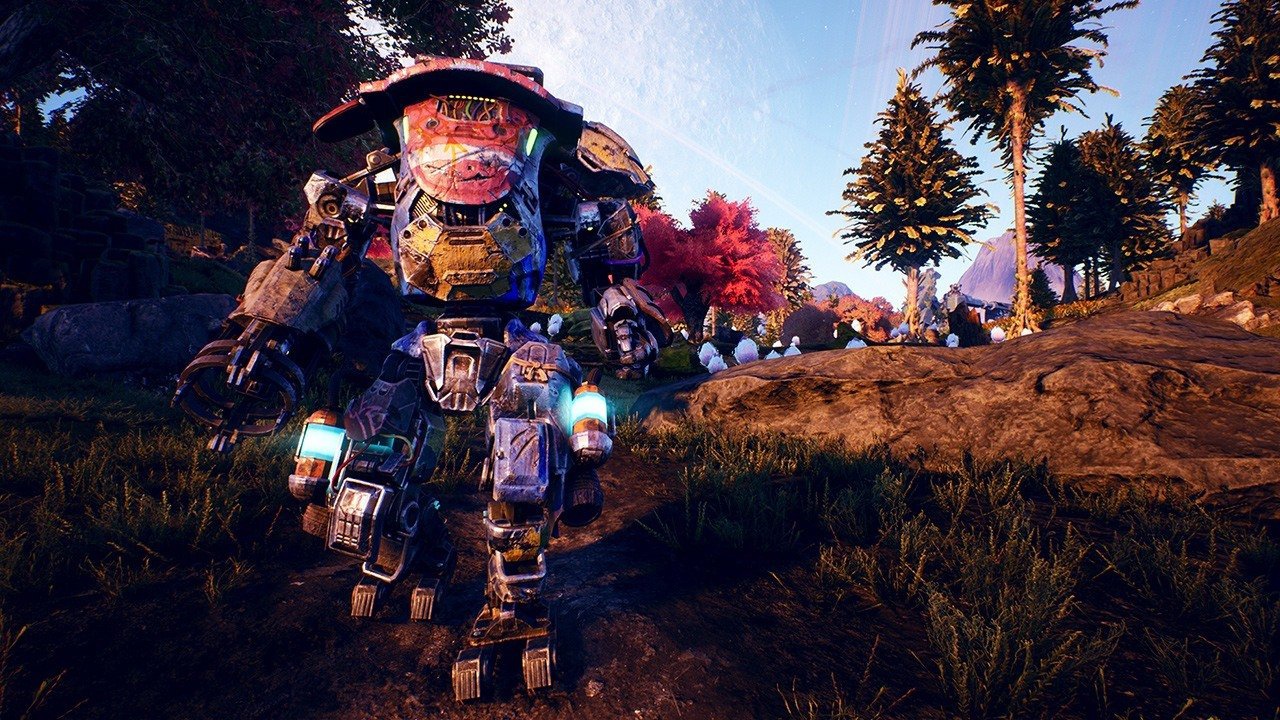
Above: The Outer Worlds
GamesBeat: Those acquisitions are already bearing fruit.
Booty: Yes. If you look at Ninja Theory and Obsidian and inXile, they were all able to show up and have stuff on stage. That’s great. Hopefully we’ll continue that, including with our new studio we started down in Santa Monica, our Initiative studio down there. We’ll start to see some stuff they’re working on as well.
GamesBeat: It feels like you’re showing up with enough resources for a stepped-up position in the game industry, taking advantage of whatever growth is going to happen.
Booty: There’s a lot of layers to that one. At a super high level, I feel very supported by Satya and Amy in what we’re doing. We announced the Double Fine thing and Amy’s sending mails out, congratulating people. She knows what this is. You can ask her about Double Fine and she’ll be able to tell you what’s going on. As far as having leadership that understands what our business dynamics are, with Satya’s leadership team, I feel like we’re super well-represented.
The next two years are going to be maybe some of the biggest change in the industry since, I don’t know, maybe 2D to 3D? That might not be too much. We have the support that we need to go be successful on that level. And then I feel very supported by Phil in the way that he has encouraged us and laid out a strategy. We have some beats with Game Pass. We have some things with streaming. We have a new console. All of these things, the center of gravity for all of them is content. We have to be in position.
A lot of folks have asked, “How many studios are you going to have?” We’re not thinking about a quota or a target. It’s more about where there are studios that make sense, that are a good fit. As we find those, we have all the support we need to go and build. At the same time, we have support for Rare to go start building up new IP, for Turn 10 to work on the next Motorsport, for Halo to expand. We’re doing new stuff with Gears of War. We have the mobile game, the RTS game we announced last time. Across the board I feel like we have encouragement and support to go after a lot.
GamesBeat: Should people interpret anything in what didn’t show up this time, things they thought they’d see, like the extra Gears game?
Booty: Gears Tactics, yeah. It comes down to, we have roughly 90 minutes of the show. How much Gears can we put in there? [laughs] And what do we save for Gamescom, or for our event in November? It’s like I was saying with Halo. We’re in a situation where we could take every last thing we’re working on and throw open the cabinet door. We’d probably have a three-hour briefing, and then we’d be done for the next two years. I don’t think we want to do that.
I feel good that we’re able to space some of this stuff out, and also bring it to the right audience. For Gears Tactics, it’s going to be a PC-focused game. Gamescom is a great place to show that.
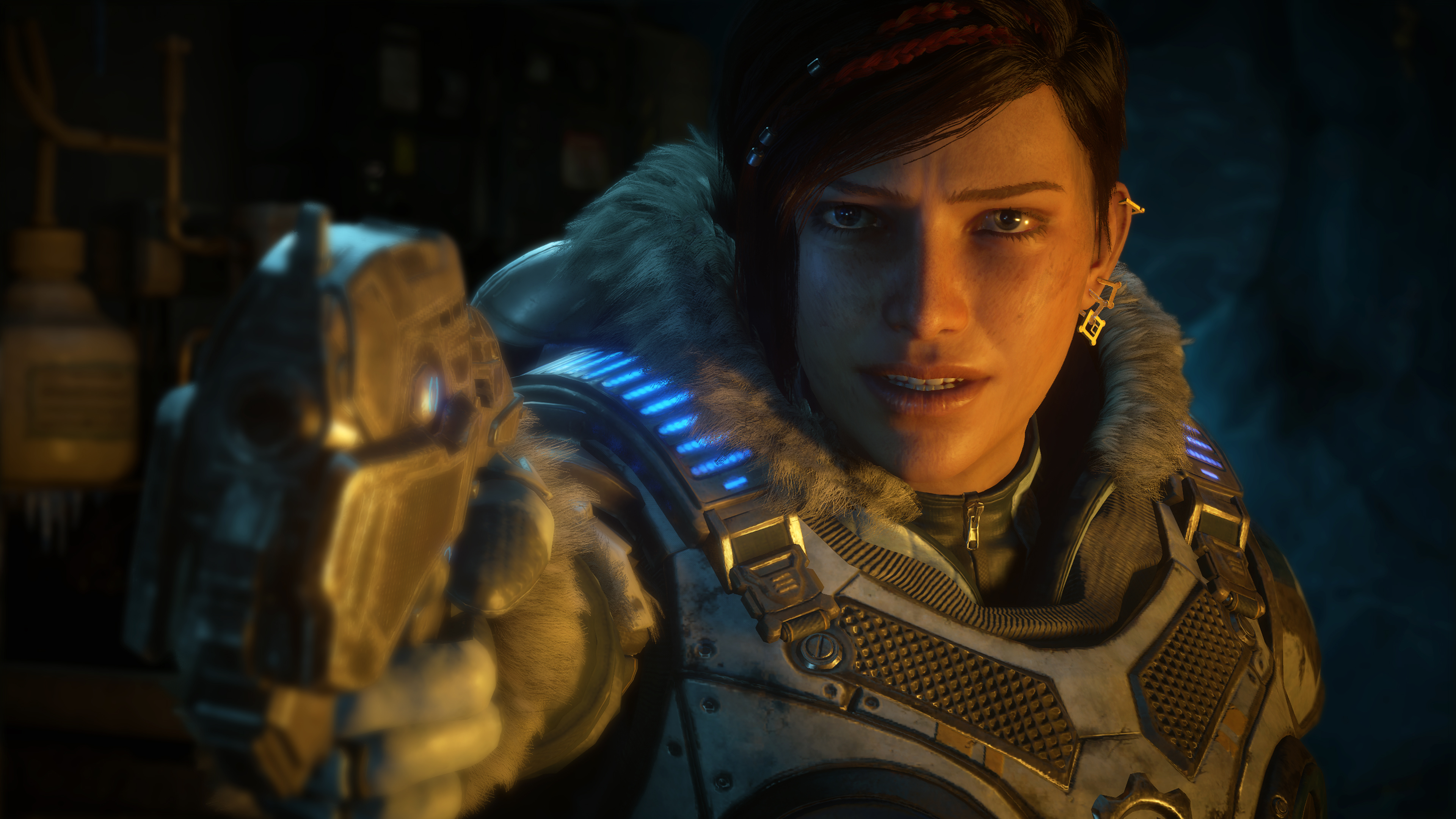
Above: Gears 5 Kait Hero
GamesBeat: I heard that Steve Ballmer once threw a fit when he learned that there would be no more Flight Simulator. I’m sure you’ve made him happy.
Booty: It’s interesting. The very first game that Microsoft ever published was Adventure, and then I think the second one was Flight. That was a published game, and then we acquired it? I think that’s how the history goes. There’s so much going on right now.
We put up that little tag at the beginning about satellite data and Azure AI. I don’t know if you know how that works, but we’re taking satellite map data, which is amazing, because it covers the whole planet, but it has big limitations. Parts of the planet are covered at different levels of detail. In order to make a modern flight simulator at the fidelity you need, you need accurate data. We’re using machine learning to fill in the places where we don’t know more than what the satellite data tells us. We know this is a blank spot in the middle of Nevada. Here’s what the stuff around it looks like. We know what Nevada generally looks like. Now we’ll generate that procedurally. There’s a ton of cool stuff in Flight Simulator.
GamesBeat: It does seem like the pace of acquisitions is slowing now. It reminded me in some ways of ramping up for the original Xbox.
Booty: It’s interesting that you bring that up. I was on the receiving end of those visits back when I was at Midway. People like Seamus and everybody were going around looking for games. Where were they gonna get games for Xbox? Nintendo and Sony had so many people locked up. We were getting the visits.
I’d say the pace of acquisition has more to do with the kinds of studios that we’re looking for and the fit, as opposed to, “Hey, we’re trying to get so many deals done per quarter.” That’s not how we’re going about it. It may be that we find some studios that fit the mold of what we’re looking for. Again, I feel supported such that if there were to be two of those that we were to find, and they were willing in the next couple months, we’d have the support to do that. But I don’t feel under pressure to go and fill a quota with those.
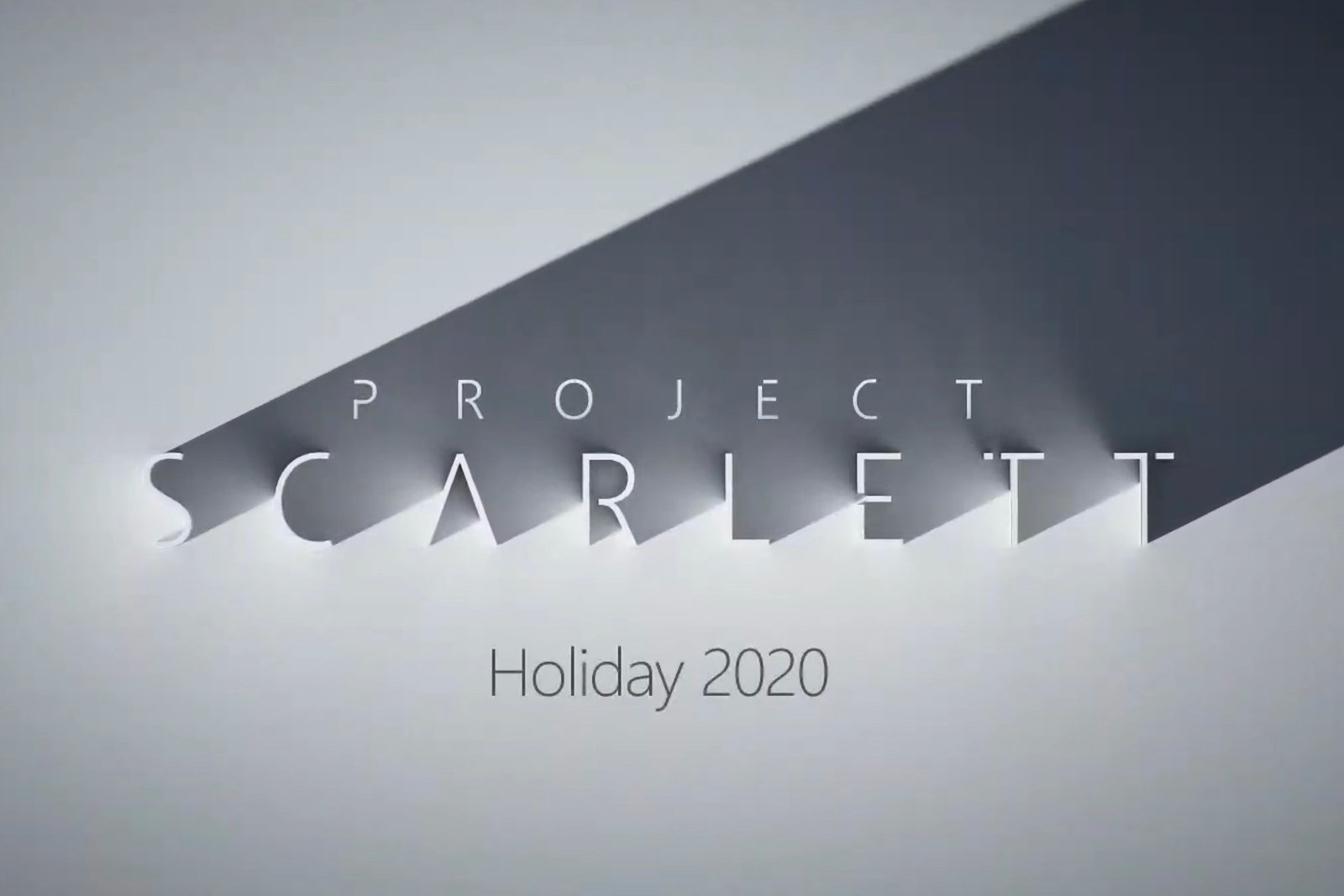
Above: Project Scarlett is the next Xbox console.
GamesBeat: How do you position xCloud relative to Project Scarlett?
Booty: I think xCloud and Scarlett are intertwined. They all pivot back to some of the same things. First, you’ve heard Phil talk about this, and it’s certainly true for us from a first-party point of view, that everything we do is around the player. If I’m a player, what do I want? I want the games that I want to play. That’s my content. I want the people I like to play games with. That’s my community. And then now we’ve added a third dimension, which is, how can my games go where I want to go? That’s where they’re in the cloud.
We talked about two ways you can do game streaming. One is with the device you already own, the console you already have. We’re going to enable that to be able to stream from your home to your phone. You’ll be able to do that for free. That’s what we call our in-home streaming, where it’s your game library you already have, with the games that already run. You can stream that.
If you don’t own a console, the best way that I can think of it is, the device, the console we build, we’re going to rack up in data centers, and now you can play it from our data center, streaming to your phone. They’re part of a bigger strategy. How do we use a console to keep broadening our audience?
You know these stats as well as I do. In the last 20 years, we’ve tripled the number of gamers. We’re coming up on $150 billion of top-line revenue from the game industry. We’re going after 2 billion players. It would be safe to say that we’re not going to sell 2 billion consoles. That’s probably not going to happen. If we’re going after that audience, how are we going to do it? The way we’ll do it is to take that same library of content and stream it to a phone.
Where I feel like we’re set — it comes back a bit to those same three things. We’re sitting on a fantastic library of games. We have a great capacity to build more games that keeps us covered on content. To succeed here, we’re going to need cloud infrastructure. There are a few players in the industry who can provide the necessary cloud infrastructure. Then you’re going to need content. The one I think that gets overlooked a lot is community and what we have with our Xbox Live community, tens of millions of players, how they form sub-groups within that, how people have identities within Xbox Live and how that ties into their games. Things like taking Xbox Live over to Nintendo Switch. We’ve built that as the backbone of our social network for gaming.
So, content, community, cloud. I think they’re all intertwined. When we think about Project Scarlett and a device you want to put under your TV in your living room, it’s a piece of that whole strategy. The center of gravity is Game Pass, which is going to be your outlet for discovering games, the place where curate games for you.

Above: Fortnite World Cup
GamesBeat: How did we get from Epic Games nudging you guys to Microsoft becoming such a force for cross-platform play and openness in the game industry?
Booty: Epic is interesting. We love them. They’re great partners. I’ve known Mark and Tim and everyone for a long time. If you look — this is a long journey for us. We’re in this for the long game. We started with Minecraft, building relationships with Apple, building relationships with Sony, building relationships with Nintendo. There are places where we’ll compete with those folks, and there are places where we’ll cooperate.
Quietly, almost without anybody noticing, we went and shipped almost the same code base for Minecraft on the Switch that we run on the Xbox. It’s fully Xbox Live-enabled. You can log in on a Switch with your Xbox Live ID and all the achievements you get there. When you think about the places where Sony has opened up, they’ve opened up Rocket League and other things. You could probably, in your head, make the list – what are the games that are played most on Sony platforms and what are they opening up for cross play? You can think about what we might do with Minecraft in the near future as well.
When it comes to things like stores, when it comes to things like cross play, it’s easy to look at it as, somebody sends a tweet and it happens. But you know enough about the industry. These things have long lead times. We spend a lot of time building relationships, building things up. That’s what leads to things like announcing that Halo is coming to Steam, or Master Chief Collection. It’s been more of an evolution than a snap decision.
The amount of work, on my side, having been close to what it took to get Xbox Live on the Switch — clearly Nintendo wants to protect their view of how social networks should work on their platform. We want to respect that with how we implement Xbox Live. That’s a lot of work. It’s not like we just showed up with that overnight. People can say, “They finally made the decision to put cross play on the Switch.” But that’s a year and a half in the making. Again, it’s been more of an evolution as opposed to a light switch.

Above: Xbox Live is coming to iOS and Android.
GamesBeat: There seems to a belief that gamers will take advantage of these things once they’re there.
Booty: We see that. We wouldn’t be putting the work and energy into it if we didn’t feel it was good for the players. We have Xbox Live on Android, Xbox Live on iOS. We just know that gamers have phones. We know that people who have Xbox One also have a Switch. The thing that connects them all together is that they play a certain game.
A lot of folks have said, “What will you do about exclusives? Why don’t you make Forza cross-platform?” For us that’s about leaving it up to the game teams. Nobody knows their audience better than the teams. The Forza team wants to build a game that takes the best advantage of the Xbox. They’ll build a game that runs on Xbox. The Halo team will probably say the same thing, except they’ll say that on PC, what’s super important is the community of players. We think that where we can serve the best community and players is by also selling on Steam. With Minecraft, Minecraft has this core ethos that it’s everywhere, from a Kindle to an Apple TV, so we’ll go support all of these platforms. But that comes from the bottom up, from the teams, as opposed to me and Phil coming in and saying, “Do this.”

Above: Microsoft’s expanding Xbox Game Pass for PC.
GamesBeat: It’s interesting how games like Fortnite and Minecraft are eliminating the distinction between casual and hardcore players. Ubisoft showed some slides where there’s a larger triple-A community in the West than in Asia, partly because of the penetration of consoles and PCs here, compared to mobile dominating a lot of those markets. If you make those triple-A games available more widely, on mobile devices, would they get played a lot more in Asia? But also, if Minecraft and Fortnite are already there, as global games, that distinction between triple-A and whatever else is there is not very solid anymore.
Booty: It’s a great point to make. We obviously, as the platform holder — we can see playing habits. We know that the people that play Fortnite are the same people that play Minecraft. We see that ebb and flow. At the same time we see, in Game Pass, games like The Division, and then we see games like Minecraft again. It turns out that they’re a lot of the same players.
One of the beautiful things about games, particularly with Game Pass — it’s allowed people to try things out that they might not otherwise. We have some information about players and how long they’ve been on Xbox, whether they’re new to Xbox. We also know a bit of self-reported data about who they are. We know that State of Decay has brought in a disproportionate number of people that are new to Xbox and don’t really fit the mold of the core gamer. That happened when we put it in Game Pass. That’s a bit of an unlock. “I heard about this game, and I wasn’t interested enough to buy it, but I’ll play it in Game Pass.” State of Decay 2 is doing great in Game Pass, and that’s really about the discovery part.
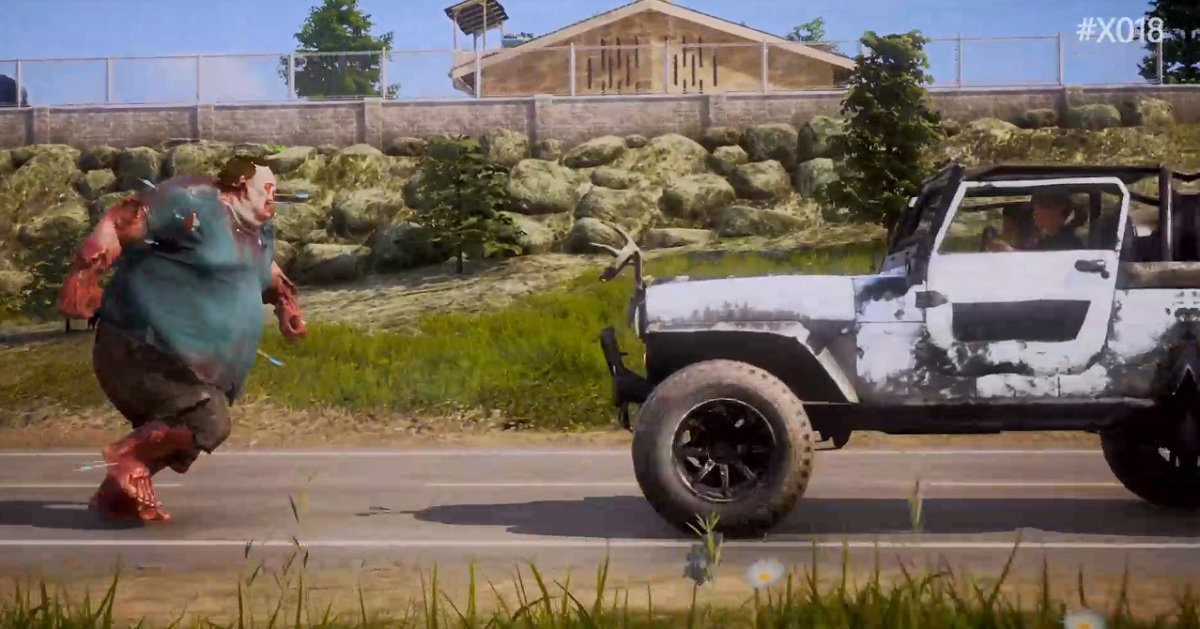
Above: Zedhunter is the new expansion for State of Decay 2.
GamesBeat: We’re going into a more interesting world as far as games being playable in a lot of places. But you have to overcome whatever problem we might have with too many subscriptions. How do you that will get worked out?
Booty: I don’t know that I’m any kind of expert on that. I’m on the content side. I would look to other media. There were a bunch of people making devices that let you play MP3s, and then it all kind of converged down to using our phones for that. There were a bunch of different video subscriptions, and they’re maybe going to start getting aggregated. Before long it starts to look like cable TV again.
I’m just riffing on what I see, because it’s not where I’m an expert. But I think for us, being a platform holder and having a pretty established game subscription now, especially as we have PC Game Pass and we bundle it with Xbox Live, we’re going to be a good position with those other things that are differentiators relative to other subscriptions. What is your content library? What’s your capacity to create new content? What’s your back catalog? It fascinates me to look at four generations of content, looking back on what we have. Xbox, 360, One, and now Scarlett. It’s kind of nuts that you could play four generations of content on one console. There’s also that community aspect on top of the subscription.
In a way, when we’ve had conversations with people about this — in a way, Netflix kind of has a social network effect, in that they have content and shows that end up being things that we all talk about. The pop culture aspect almost becomes their social network. That’s a differentiator for them, and it’s something we have with Xbox Live. It works in the same way, connecting people in that way.
It’ll be interesting to see. I know Ubisoft announced their subscription thing. Google’s taking an approach to subscriptions. I’m sure consumers will let us know what their threshold is as far as how many things they’re willing to subscribe to.

Above: The new Brigantine ship that Rare designed for three-player crews.
GamesBeat: If you were to make Halo more open, take it to more platforms, I’d still think that as a platform owner, you’re still doing all right, because the core of the social network playing that game is on Xbox. If you make it available on PlayStation or Steam, it’s not as everyone is going over there. You’ve already got the base of people supporting Xbox as a platform.
Booty: That’s part of the consideration, the management of a franchise, that all of our teams have to do. The decision to take Minecraft to Switch is a very different situation than, say, Forza going to Switch. That’s why a lot of people ask, “What’s your principle? What’s your cookbook? How does this work?” Every game is a little bit different. Disney is now going to decide how they get the X-Men back from Fox. Do they fold that into Marvel? Again, this gets into the interesting aspects of franchise management. How many Star Wars movies is too many? When should they come out? Should you do an animated series? These are all the same kinds of things that we start to think about around platforms and where things should go. It really comes down to case by case.
Sea of Thieves has done an amazing job of showing people how Game Pass can be a place to explore and find a new game. That game is built to be social at its core. We may have now said, “Okay, we have an established base inside Game Pass with this. Maybe it’s time for Sea of Thieves to go to Steam.” Players there who haven’t encountered it yet, because they’re not engaged with our storefront — if we put it on Steam they’ll have more people to play with. These are things we’re always thinking about with our franchises. What’s right for Sea of Thieves is probably different from what’s right for Forza.

Above: Minecraft Dungeons is a different take on Minecraft.
GamesBeat: Do you have to start thinking about whether there’s a cycle in this way, like there was with the Xbox, where you have a big expansion followed by a contraction? You’ve done a series of acquisitions here. Is there a period of time where you’ll watch to see what sticks?
Booty: The interesting thing about acquiring studios is, it’s so important to remember that studios are collections of people. A lot of these studios have the DNA of the people that have been there for five, 10, 20 years. With every acquisition, I’m always thinking about — are we growing too fast? Are we getting in a situation where we might be getting bigger than what we can support?
For example, one of the core things we thought about when we acquired Mojang is that we need to be ready to support this thing like a Mario or a Pokemon. In 20 years this thing will still be going strong. We believe that’s possible. I’m not saying it’s a done deal, because we could screw it up any day, but the team needs to think about managing it in a way where it’s still going 25 years from now.
That might not necessarily be the case with a Double Fine, but I want to make sure that nothing we’re doing would get in the way. There’s no reason that, 25 years from now — it’s probably a whole different set of people, but just like there’s a different set of people making Star Wars movies now compared to when I was a kid, there’s no reason those things shouldn’t have some continuity.
With contraction and expansion, we’re fortunate that we have a lot of ways content comes to Xbox. We have id@Xbox, which is probably our most agile, fluid group, because it’s small budgets, working with indie developers. We can throttle that up or down as we need to. Obviously we have our third-party relationships with people like Activision and Bethesda and EA. We have some ability to modulate those, depending on what’s going on.
With first party, we structure things to be agile. When Sea of Thieves started out, Game Pass didn’t exist, but when we went to launch Sea of Thieves, that was the first game to show up on Game Pass as a launch title. They didn’t know that when they started making the game. All of our studios have to be agile and flexible, ready to pivot to where we’re going. As long as we can keep those studios flexible and agile, they’ll be able to keep up. I’d rather have the expansion and contraction happen through some of our other vectors, as opposed to what we’re doing with first party.
GamesBeat: Do you feel that you should also invest in something along the lines of the 2,000 people working on Red Dead Redemption 2?
Booty: [Laughs] I have one of those. It’s called 343, working on Halo.
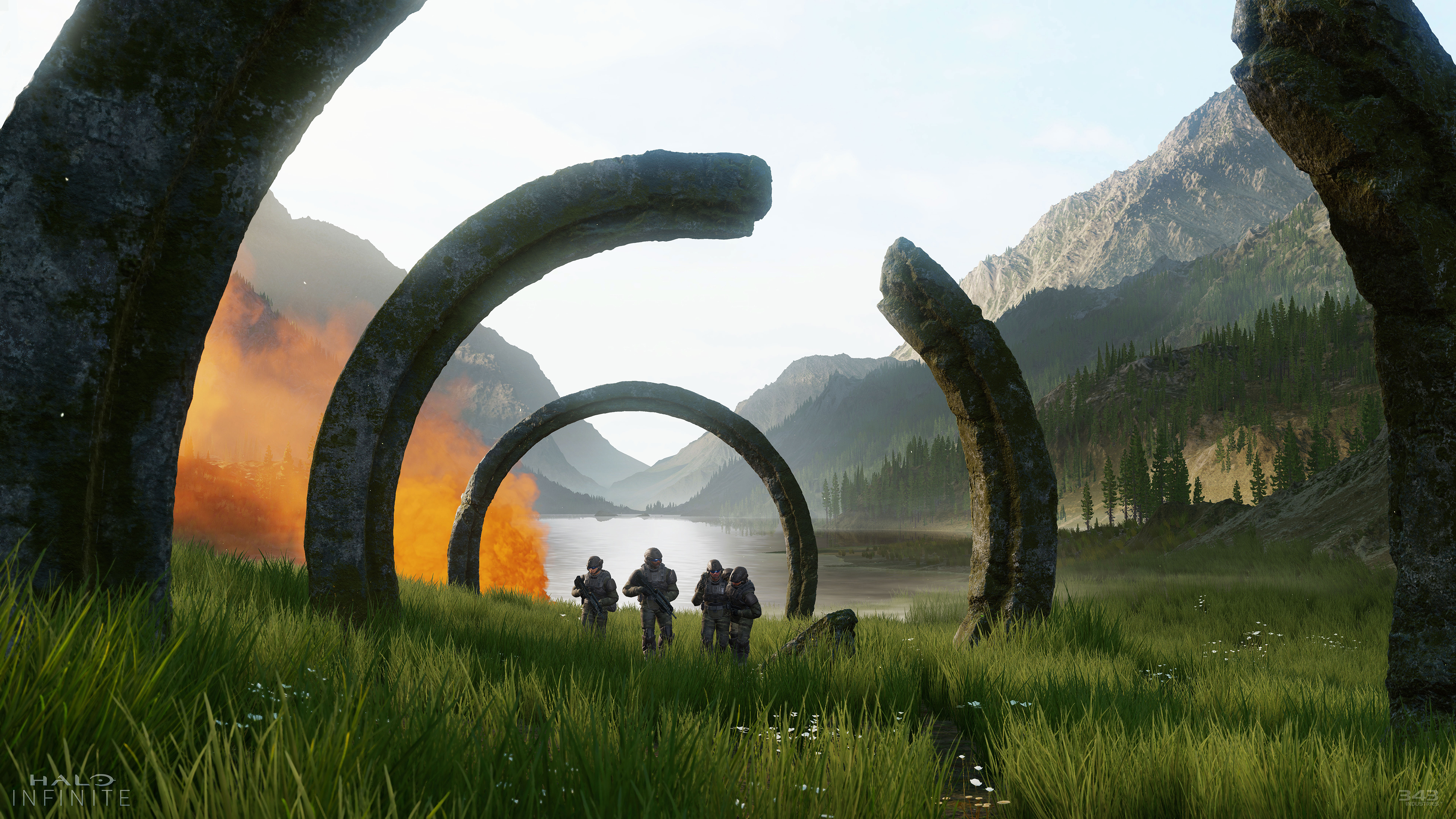
GamesBeat: But they have more than one game.
Booty: True. Right now I feel like we’re fortunate to have some of those big franchises in Halo, Forza, and Minecraft. To some extent it’s what we’re trying to build with Sea of Thieves. The thinking — you know the industry. Make the scatter plot of the studios that we’ve bought and think about the commonality between them. The one thing — besides the people, teams, and ideas stuff I talked about – is you’d say, “These studios are all around 70 to 100 people. A lot of them are spending a bunch of time on publishing deals.”
Ninja Theory managed to get Hellblade out with triple-A production values applied to double-A scope. How were they able to do that? Well, they were doing a lot of projects that had almost nothing to do with the games they wanted to make. You look at Double Fine, they’re doing all this stuff with Kickstarter and Fig. There’s an unlock we can do in that size of studio where, if we can acquire them and say, “All this time you put into doing deals and running around at GDC trying to find your next paycheck, just put that into the game” — then either we can get more games out of them, or in the case of an Undead Labs, they can take State of Decay from double-A to triple-A.
That’s the unlock I want to do right now. That’s where we’re focused, as opposed to what it might mean to acquire one of the big publishers, something that comes with a bunch of C-suite people. The other thing you’ll find with the studios we’re buying is the founders, in almost every case, are the creative directors. We’re acquiring studios that are pretty lean on management and heavy on creativity. In Redmond I have a surplus of management people I can throw at these problems. [laughs] I have a deficit of creative people. I don’t know that I need to go acquire a big publisher and suddenly have this giant C-suite that I have to figure out what to do with. That’s been the thinking.
